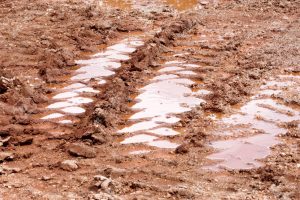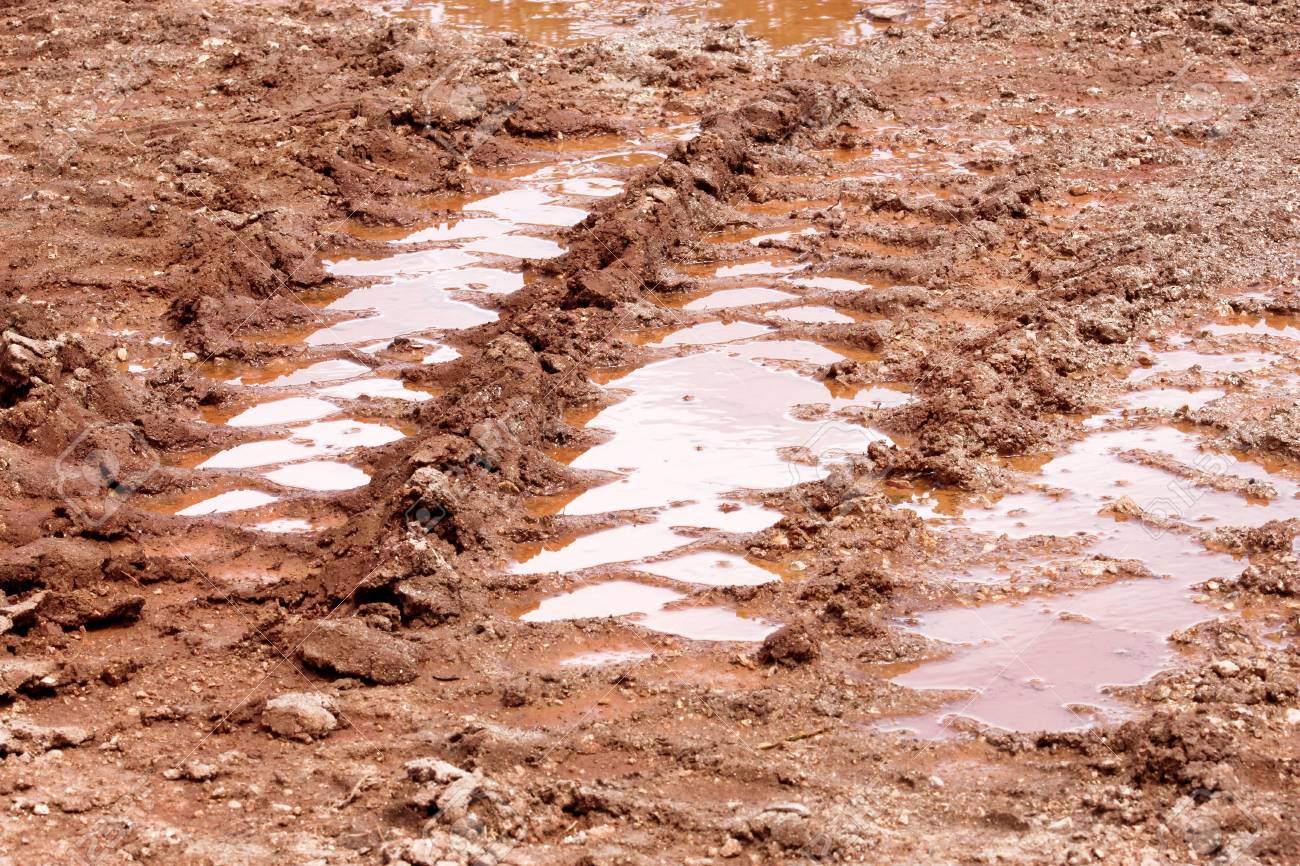Guest opinion: Utah benefits from clarity on Clean Water Act
By Doug Benevento as published in Deseret News
Burdensome and excessive federal regulations often delay or prohibit American businesses from investing in infrastructure or land development projects that will create jobs, grow crops and improve how we manage our natural resources. Upon taking office, President Donald Trump initiated a process to review and replace these regulatory barriers, which included the Obama administration’s 2015 “waters of the United States” definition.
In other parts of the country operating under the 2015 definition, farmers, landowners, municipalities and businesses are spending too much time and money trying to determine whether waters on their land are “waters of the United States” and subject to federal regulation under the Clean Water Act. In some cases, they pay consultants or lawyers tens of thousands of dollars only to discover that they need federal permits that cover isolated ponds, channels that only flow after it rains and wetlands far removed from the navigable waters the Clean Water Act was specifically designed to regulate.
Today, the Environmental Protection Agency and the Department of the Army are delivering on the president’s agenda by proposing a new definition for “waters of the United States.” The agencies’ proposal would end years of uncertainty over where federal jurisdiction begins and ends. It would clarify the role of our state and tribal partners — those closest to and most knowledgeable about their own waters — and help them more effectively and efficiently manage their land and water resources. And it would respect the limited powers the federal government has been given under the Constitution and the Clean Water Act to regulate navigable waters.

Our new proposal would make it easier to understand where the Clean Water Act applies — and where it does not. It would facilitate critical infrastructure projects, reduce barriers to business development and support economic growth.
In Utah, a headwater state and a semiarid region, water resources are unique compared with other parts of the country. I encourage landowners, businesses, community members and organizations to consider how this definition would affect the water on your properties and in your watersheds.
Under the proposal, traditional navigable waters, tributaries, certain lakes and ponds, impoundments of jurisdictional waters, wetlands adjacent to jurisdictional waters and certain ditches, such as those used for navigation or those affected by the tide, would be federally regulated. More importantly, many ditches, including most roadside or farm ditches, would be excluded from federal regulation. Ephemeral streams — those that only flow after it rains — would also not qualify as waters of the United States.
Now, because of litigation, the 2015 definition is in effect in 22 states, the District of Columbia and the U.S. territories, while the previous regulations, issued in the 1980s, are in effect in the remaining 28 states, including Utah. This unpredictable, regulatory patchwork will not continue under the Trump administration.
You may also like
-
Arizona rancher sues to stop million-acre national monument
-
VDH: How to Destroy the American Legal System
-
Colorado conservation group sues wildlife officials for skirting NEPA to get wolves into the state
-
Polis adds another radical activist to Colorado Parks & Wildlife Commission
-
Public Land Expansion Syndrome in the West

